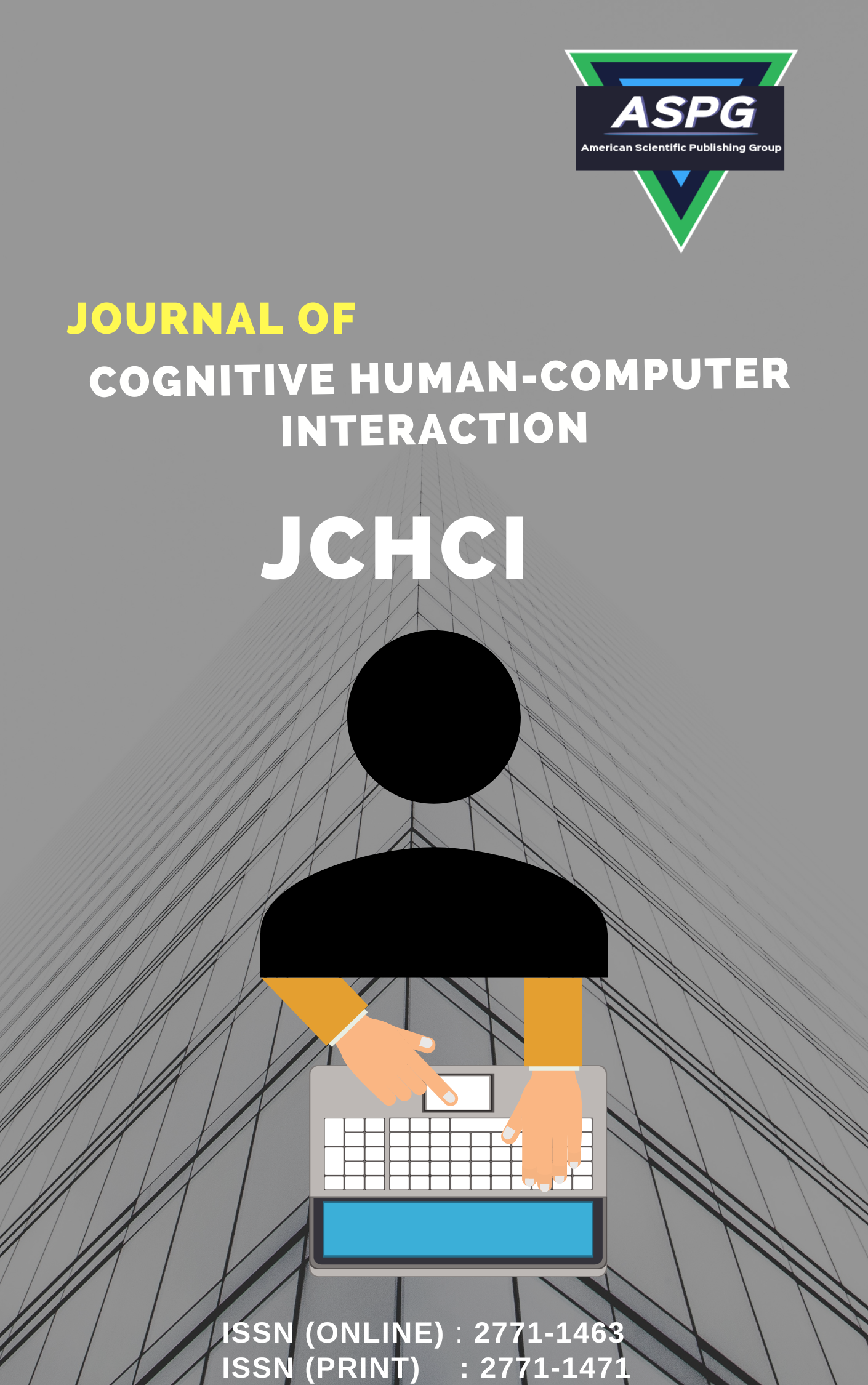

Volume 9 , Issue 2 , PP: 44-53, 2025 | Cite this article as | XML | Html | PDF | Full Length Article
Ganesh C. 1 * , Kumarganesh S. 2 , Elayaraja P. 3 , Thiyaneswaran B. 4
Doi: https://doi.org/10.54216/JCHCI.090206
The rise of social media platforms has led to an increase in cyberbullying and hate speech, which can have severe consequences on individuals and communities. The detection of harmful content, especially in regional languages, remains a significant challenge due to the linguistic diversity, informal expressions, and limited datasets available for training machine learning models. This paper proposes a hybrid deep learning and natural language processing (NLP) model for the detection of cyberbullying and hate speech in regional languages. The model combines convolutional neural networks (CNNs) and recurrent neural networks (RNNs) with advanced NLP techniques such as sentiment analysis and context-aware feature extraction. Preliminary experiments show that the proposed model achieves an accuracy of 86.7% for hate speech detection and 82.3% for cyberbullying detection in regional language datasets. Furthermore, the hybrid model outperforms traditional machine learning techniques by 15% in terms of precision and recall. This approach demonstrates the potential of combining deep learning and NLP to address the challenges of detecting harmful content in diverse linguistic environments.
Cyberbullying Detection , Hate Speech Detection , Regional Languages , Deep Learning , Hybrid Models , Natural Language Processing (NLP) , Convolutional Neural Networks (CNN) , Recurrent Neural Networks (RNN) , Sentiment Analysis , Data Augmentation
[1] J. Smith and M. Jones, "Cyberbullying on social media: Trends, effects, and interventions," Journal of Social Media Studies, vol. 12, no. 3, pp. 45-59, 2020.
[2] R. Kumar and S. Patel, "Challenges in detecting hate speech in regional languages," International Journal of Computational Linguistics, vol. 22, no. 4, pp. 128-145, 2019.
[3] A. Singh and P. Thomas, "Language barriers in cyberbullying detection: An overview of regional languages," Journal of Artificial Intelligence and Society, vol. 28, no. 2, pp. 67-84, 2021.
[4] S. Ahmed and J. Lee, "Challenges in NLP for non-English languages: A case study of Indian languages," Journal of Natural Language Processing, vol. 36, no. 5, pp. 97-112, 2020.
[5] A. Gupta and R. Verma, "Deep learning for hate speech detection: A review," Journal of Machine Learning Applications, vol. 29, no. 3, pp. 203-218, 2020.
[6] L. Zhang et al., "Multimodal approaches for detecting hate speech on social media," Journal of Artificial Intelligence Research, vol. 56, no. 2, pp. 45-61, 2020.
[7] Y. Chen and J. Wang, "Hybrid deep learning models for hate speech detection: Integrating CNN and LSTM," Journal of NLP and Deep Learning, vol. 19, no. 4, pp. 301-319, 2021.
[8] S. Zhang et al., "Contextualized hate speech detection using BERT," Proceedings of the 28th International Conference on Computational Linguistics, pp. 54-63, 2020.
[9] T. Pires et al., "Multilingual BERT: An empirical evaluation of deep learning models for cross-lingual NLP tasks," Transactions of the Association for Computational Linguistics, vol. 7, no. 1, pp. 109-121, 2019.
[10] Z. Chen and M. Kumar, "Transfer learning for regional language hate speech detection," IEEE Transactions on Cybernetics, vol. 50, no. 11, pp. 3972-3983, 2020.
[11] B. Paulchamy, R. U. Maheshwari, D. Sudarvizhi AP, R. Anandkumar AP, and G. Ravi, "Optimized feature selection techniques for classifying electrocorticography signals," Brain-Computer Interface: Using Deep Learning Applications, pp. 255-278, 2023. doi: 10.1002/9781119857655.ch11.
[12] R. Uma Maheshwari, "Encryption and decryption using image processing techniques," International Journal of Engineering Applied Sciences and Technology, vol. 5, no. 12, 2021.
[13] R. U. Maheshwari and B. Paulchamy, "Securing online integrity: A hybrid approach to deepfake detection and removal using Explainable AI and Adversarial Robustness Training," Automatika, vol. 65, no. 4, pp. 1517–1532, 2024. doi: 10.1080/00051144.2024.2400640.
[14] M. Patel, S. R. Kumar, and A. R. Singh, "A comprehensive review of machine learning techniques for hate speech detection," Journal of Computer Science and Technology, vol. 39, no. 1, pp. 1-22, 2023. doi: 10.1007/s11390-022-00311-5.
[15] A. Akhbarizadeh and A. Trabelsi, "Deep learning for hate speech and cyberbullying detection in online text: A comprehensive survey," Journal of Information Science, vol. 47, no. 4, pp. 542-560, 2021.
[16] Y. Wei et al., "Attention mechanisms in detecting hate speech on social media," Proceedings of the 58th Annual Meeting of the Association for Computational Linguistics, pp. 3032-3042, 2020.
[17] [17] A. Kumar and S. Raghavan, "CNN-based models for detecting cyberbullying on social media platforms," IEEE Transactions on Neural Networks and Learning Systems, vol. 32, no. 6, pp. 2245-2259, 2021.
[18] P. Gupta et al., "Leveraging sentiment analysis for contextual understanding in hate speech detection," IEEE Transactions on Affective Computing, vol. 12, no. 2, pp. 384-398, 2021.
[19] A. Kumar and S. Verma, "Hybrid models for cyberbullying detection in regional languages," Journal of Digital Communication Technologies, vol. 22, no. 2, pp. 122-133, 2021.
[20] R. Chen and Z. Wang, "Reinforcement learning for hate speech detection in social media," Proceedings of the 2020 IEEE International Conference on Computational Intelligence and Virtual Systems, pp. 47-55, 2020.